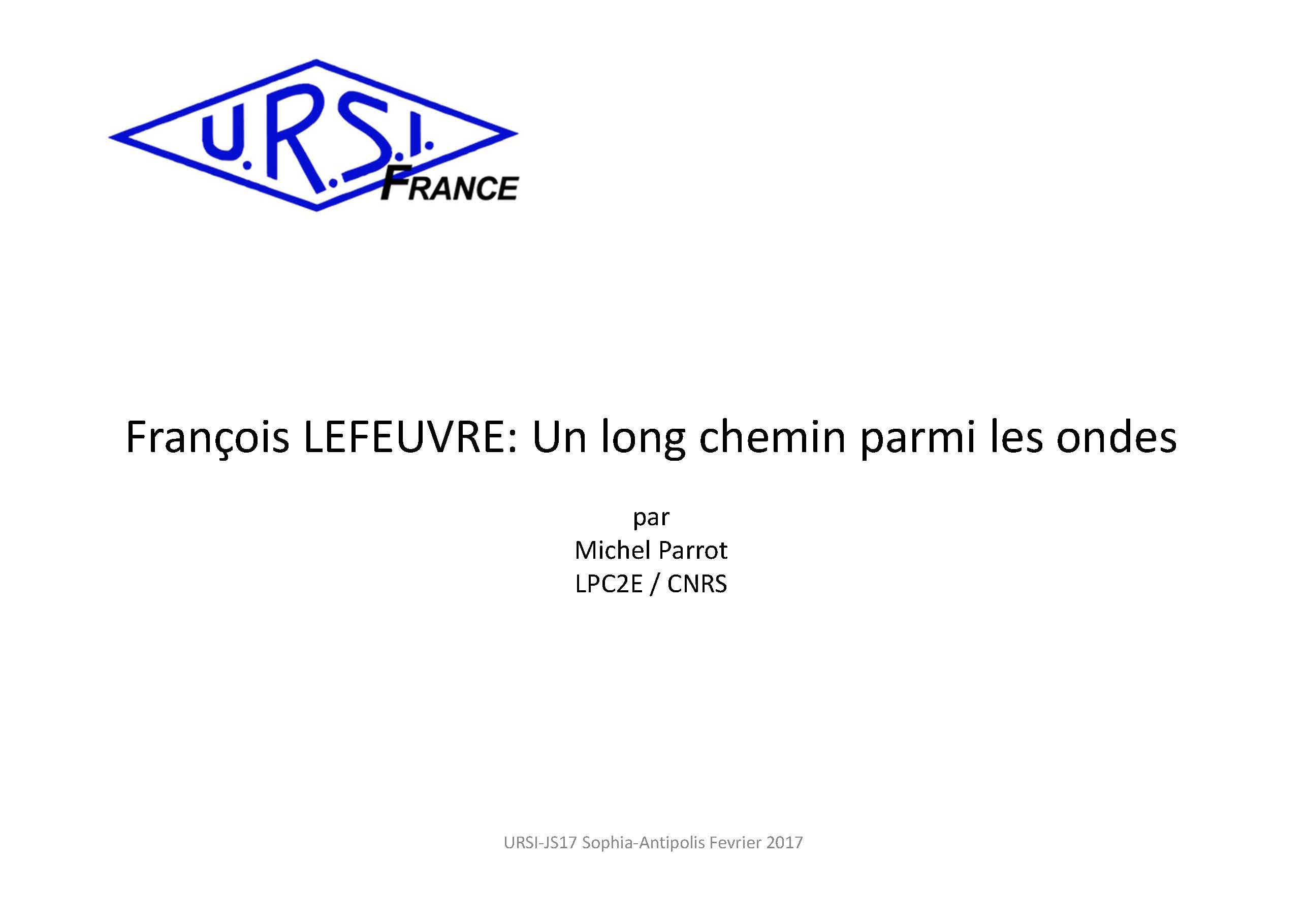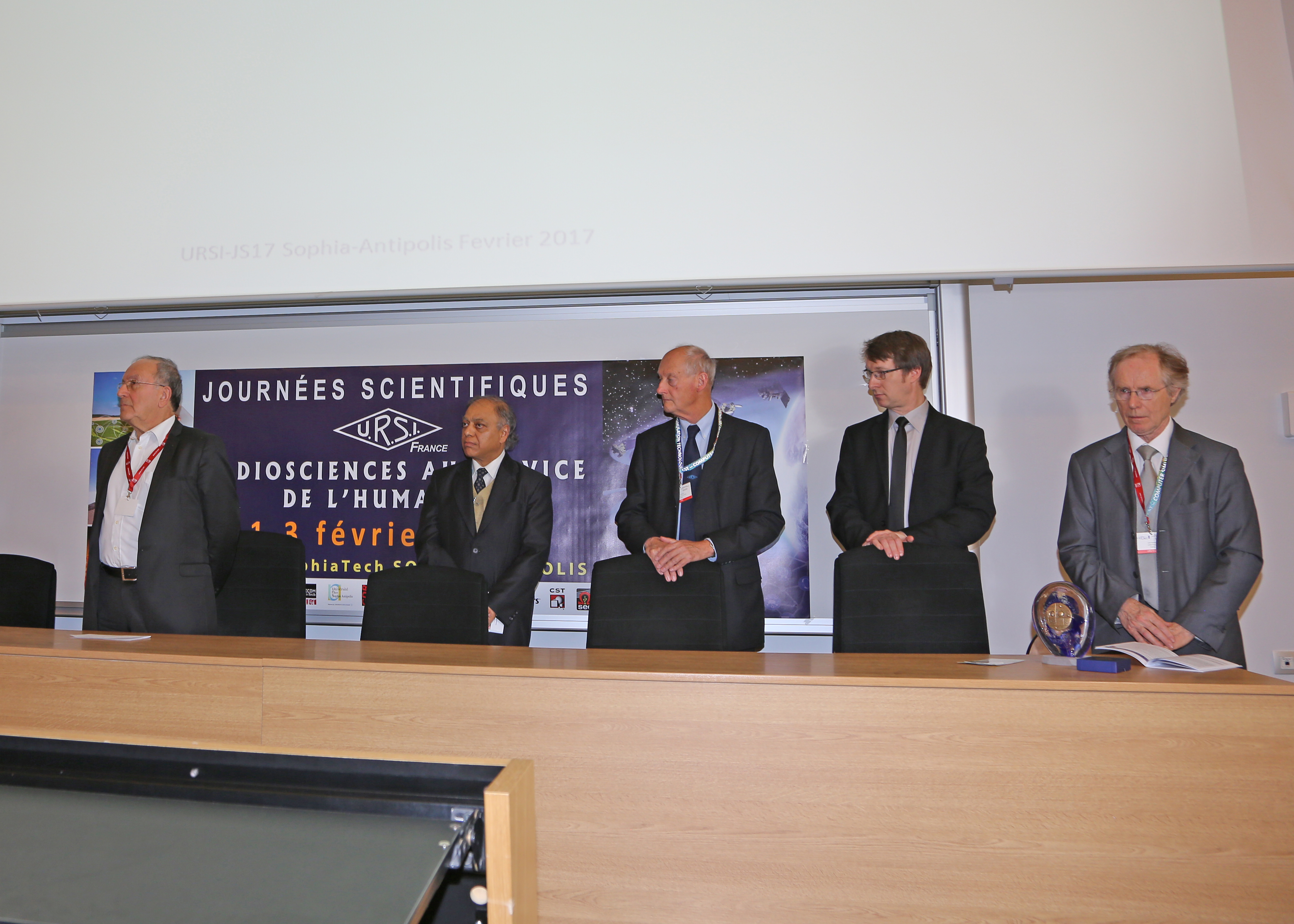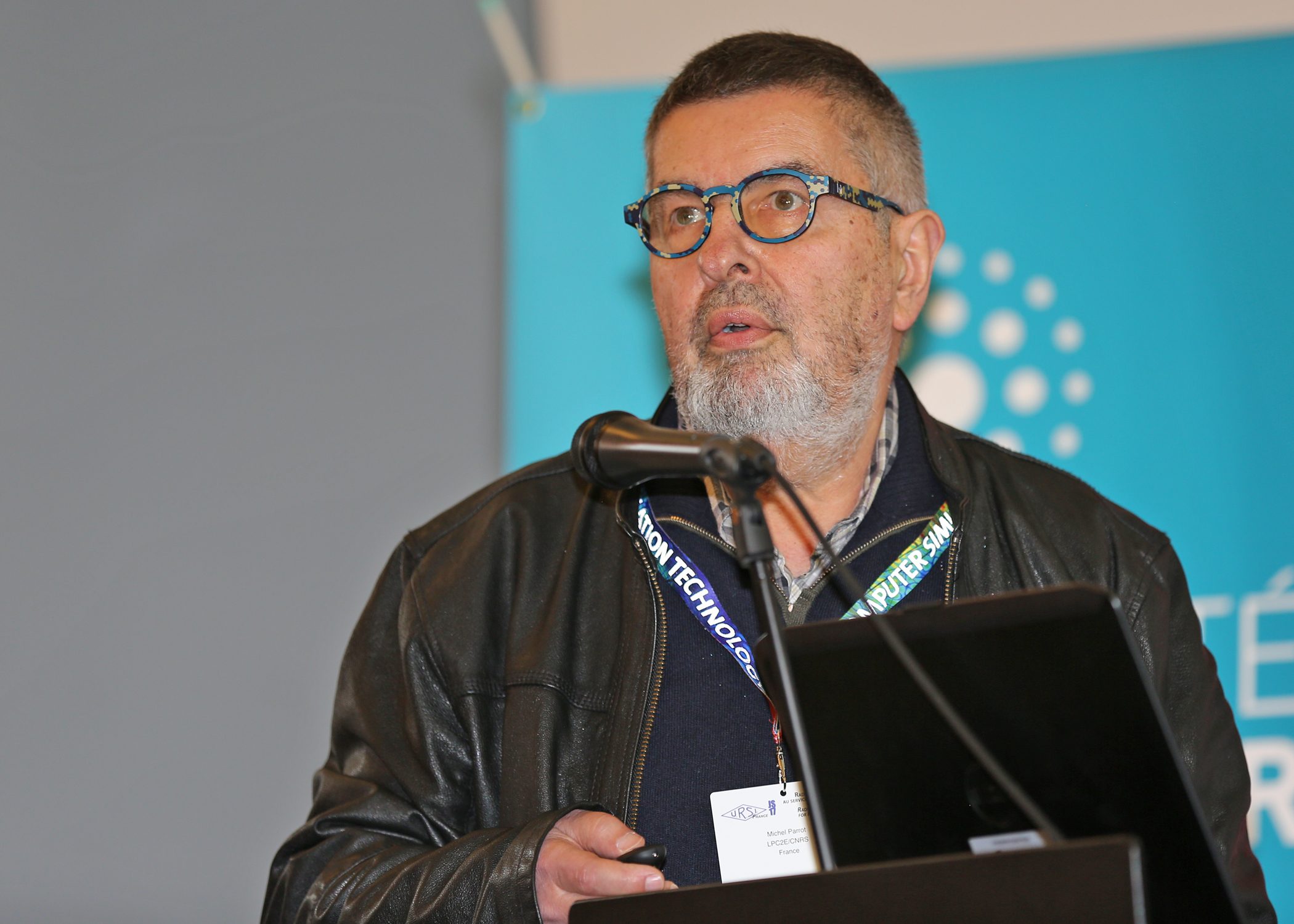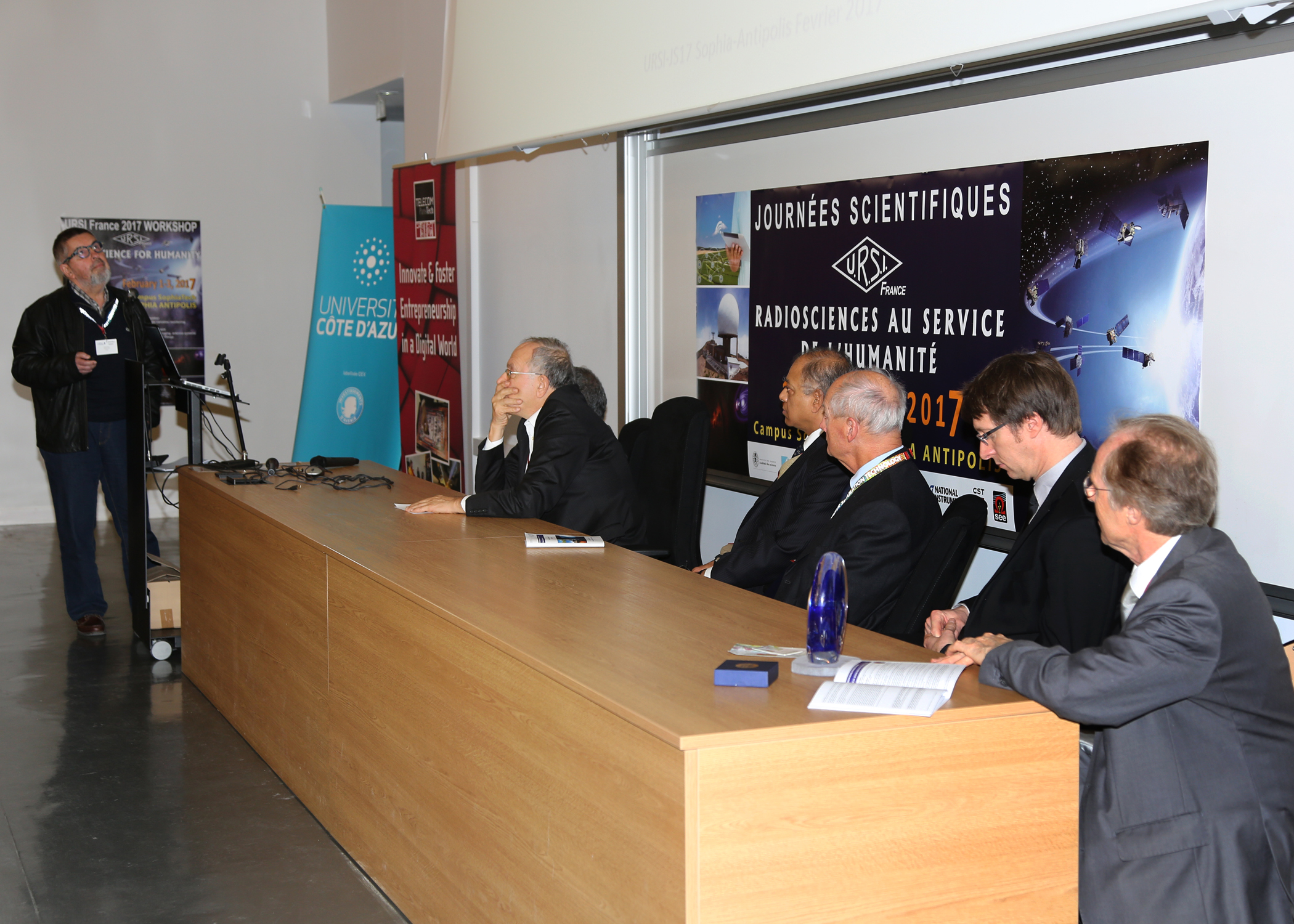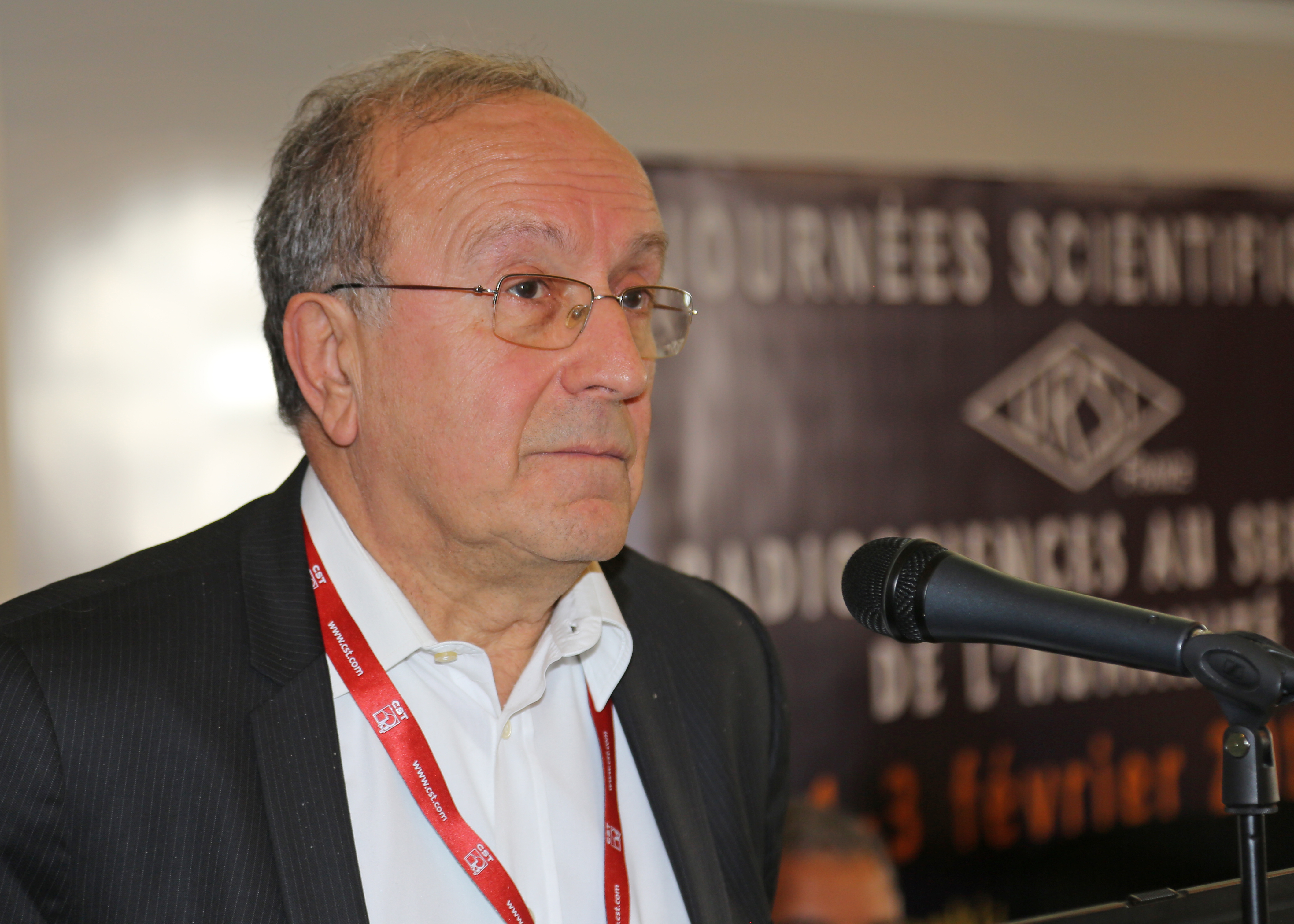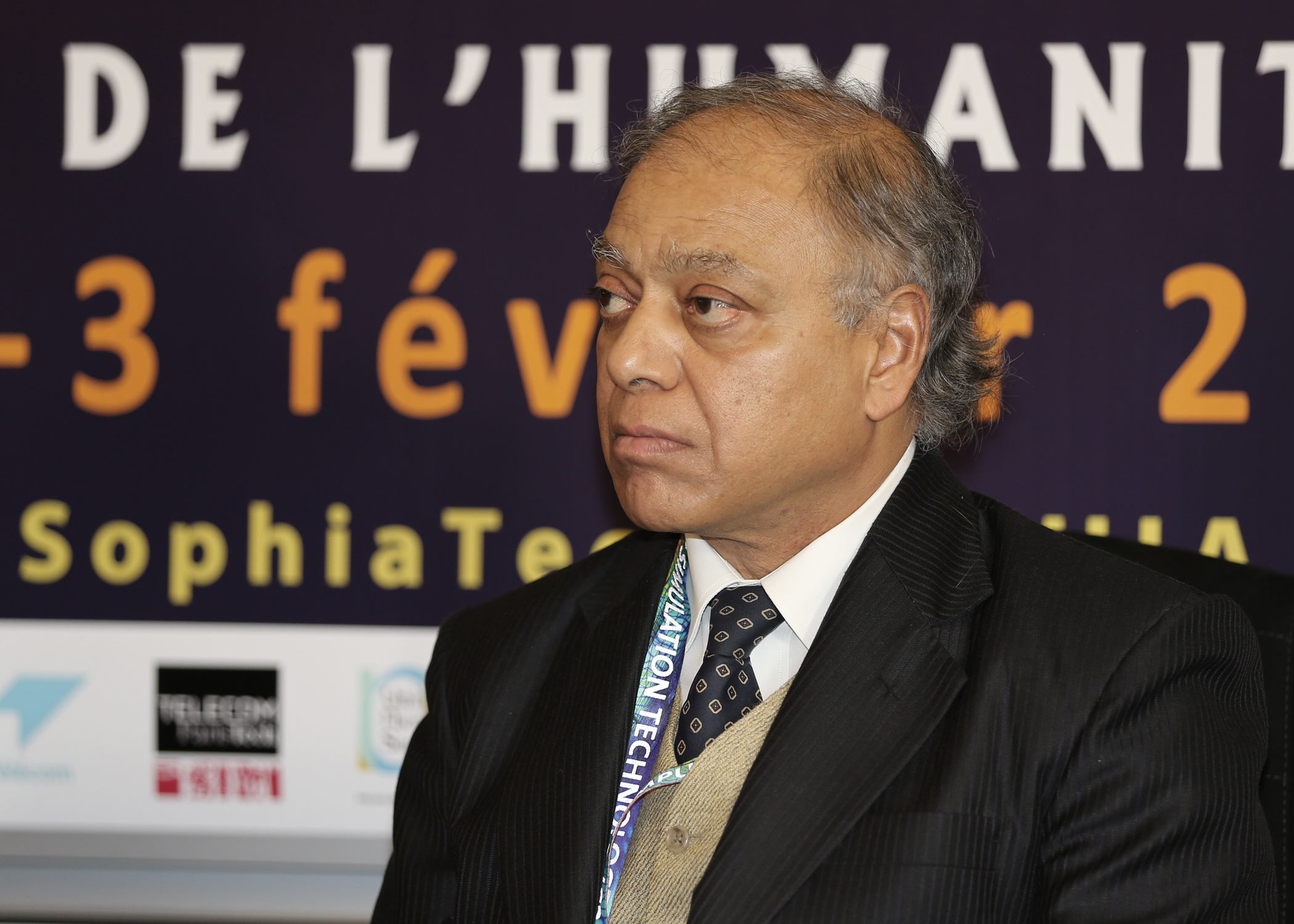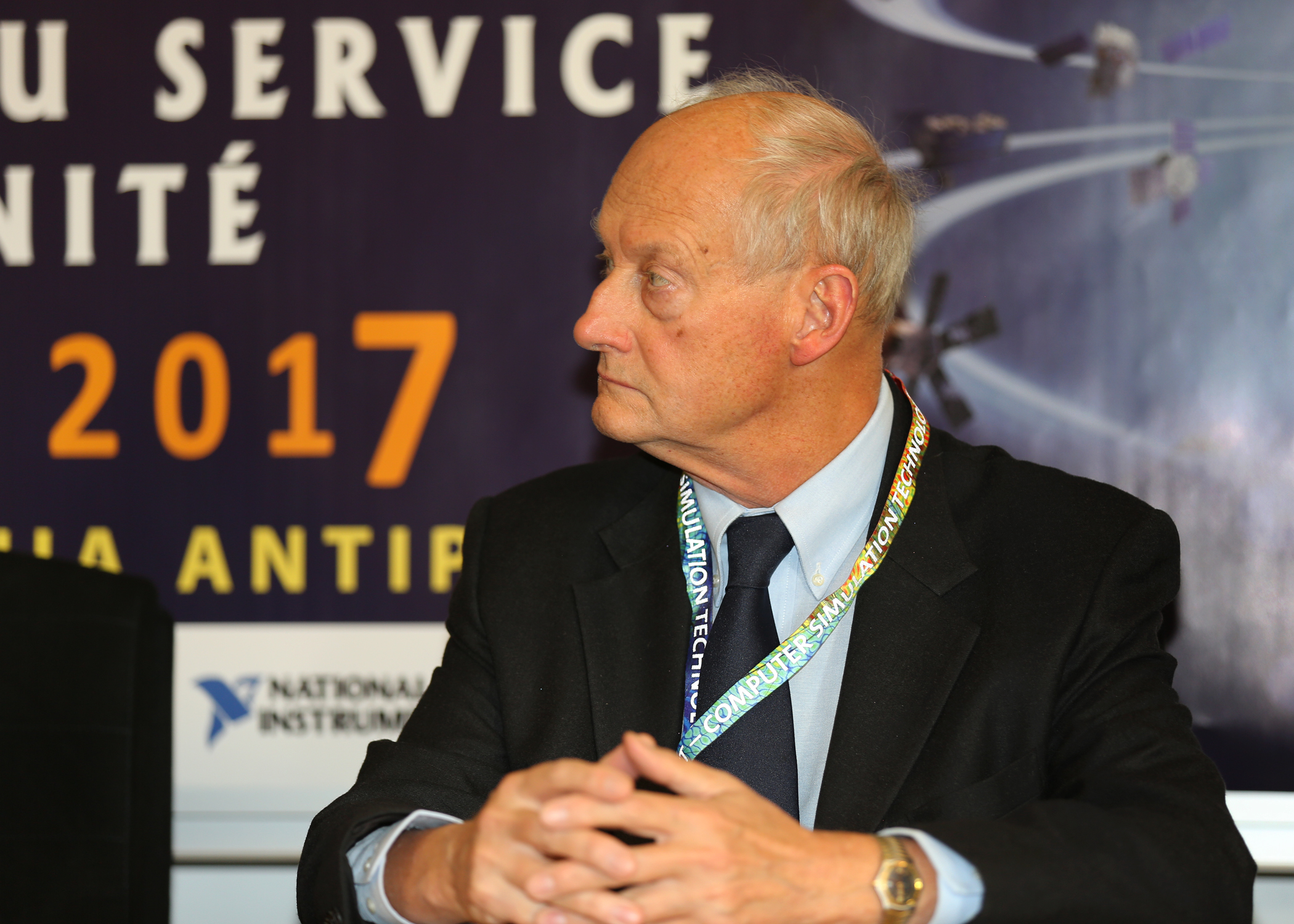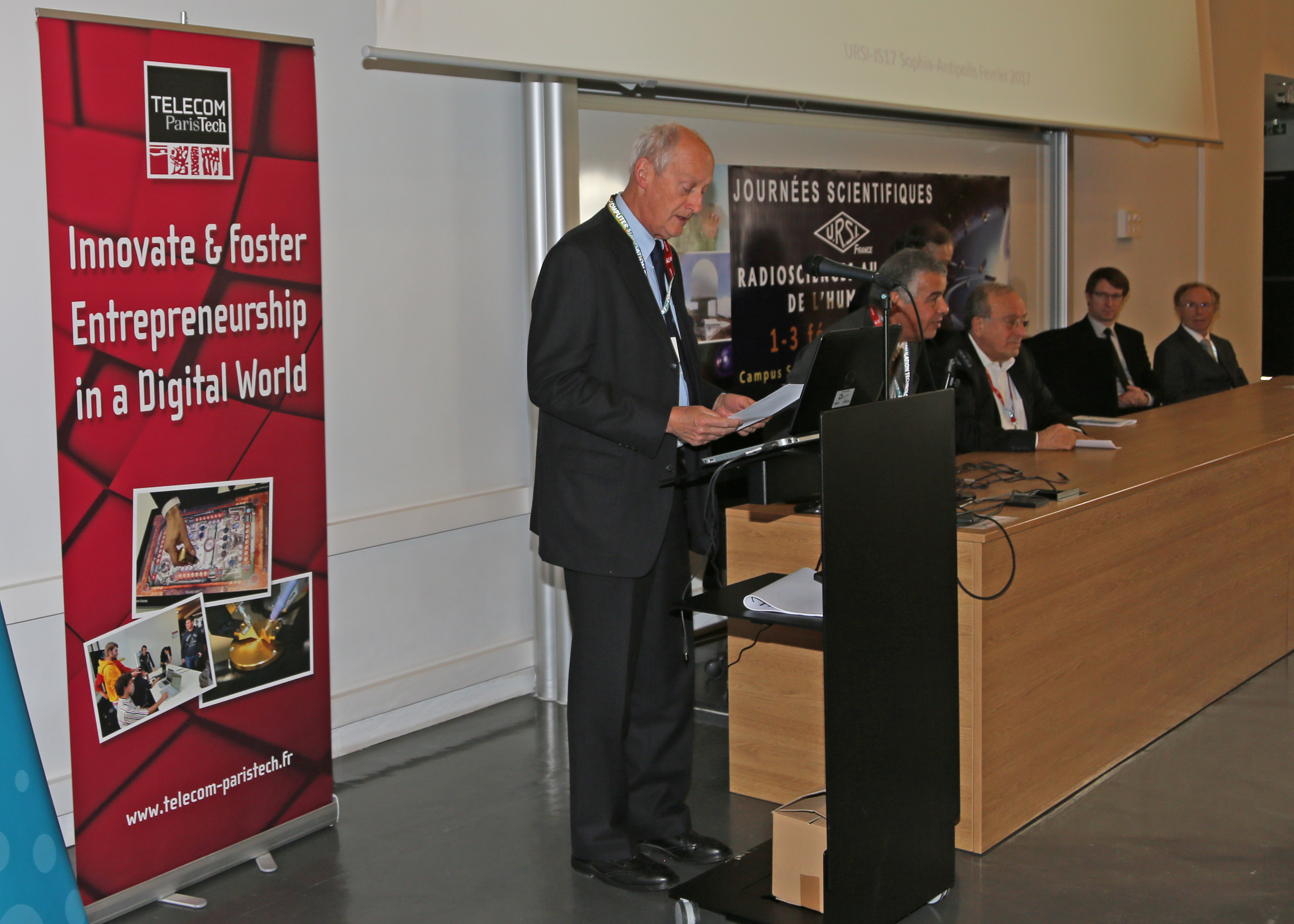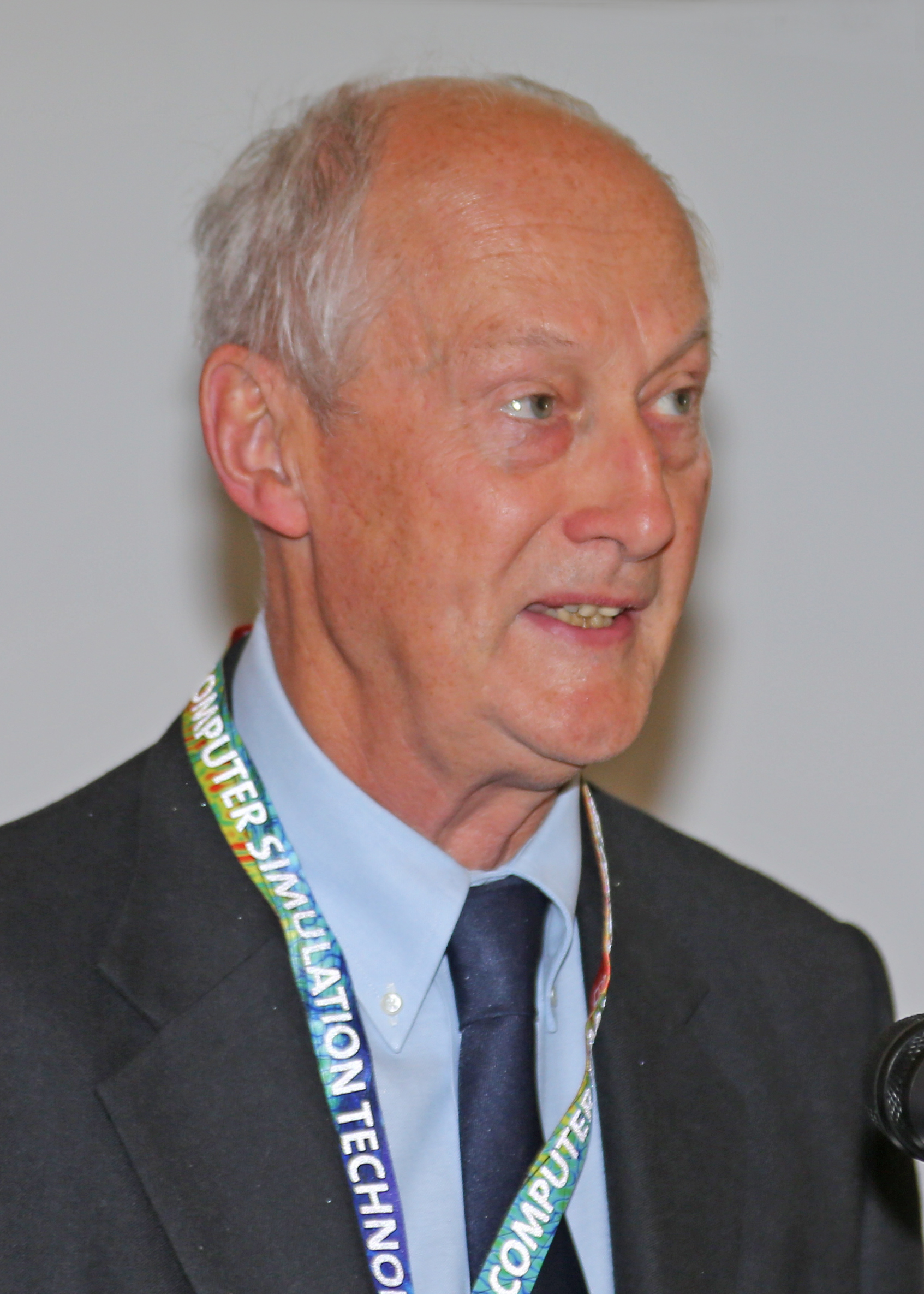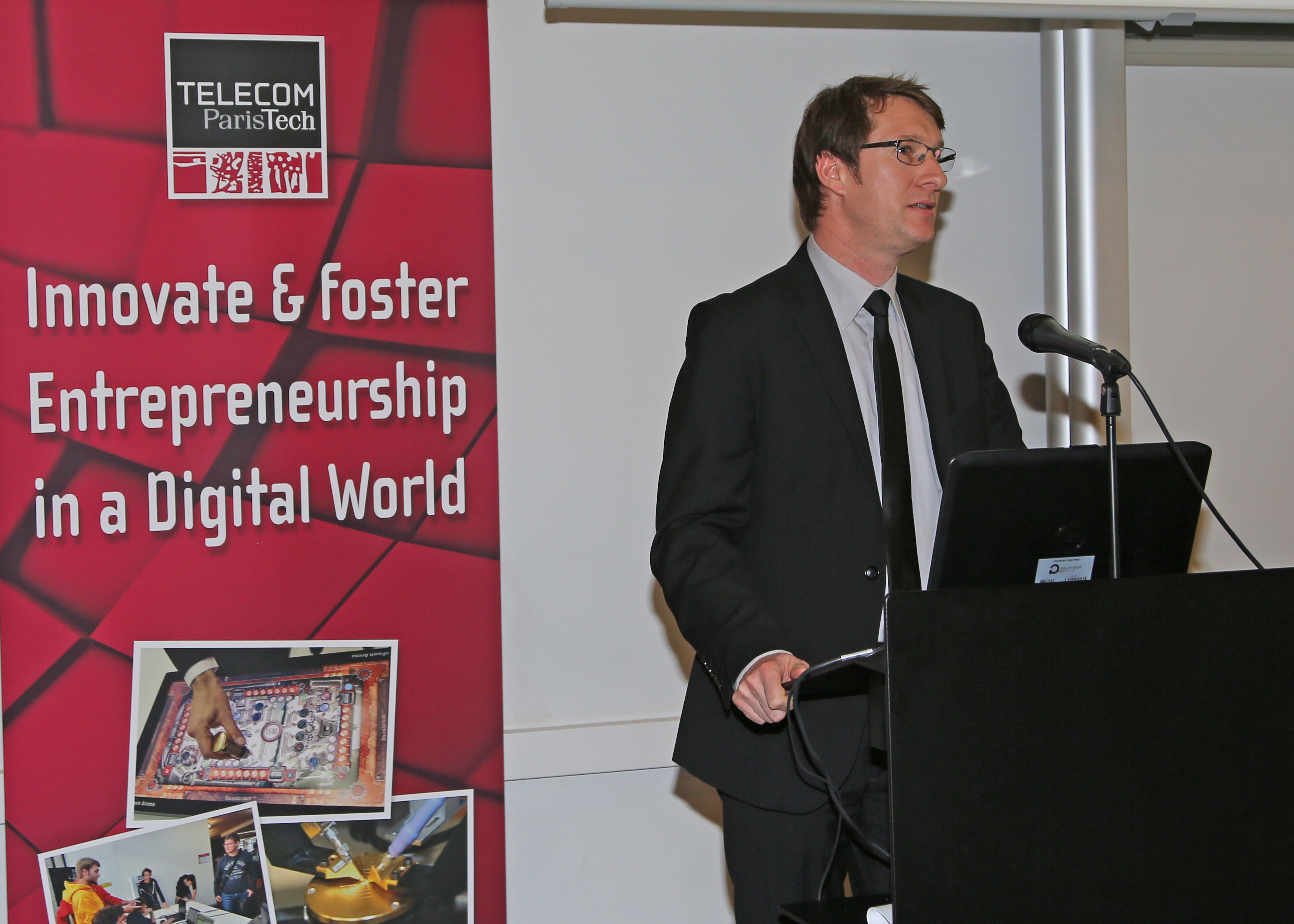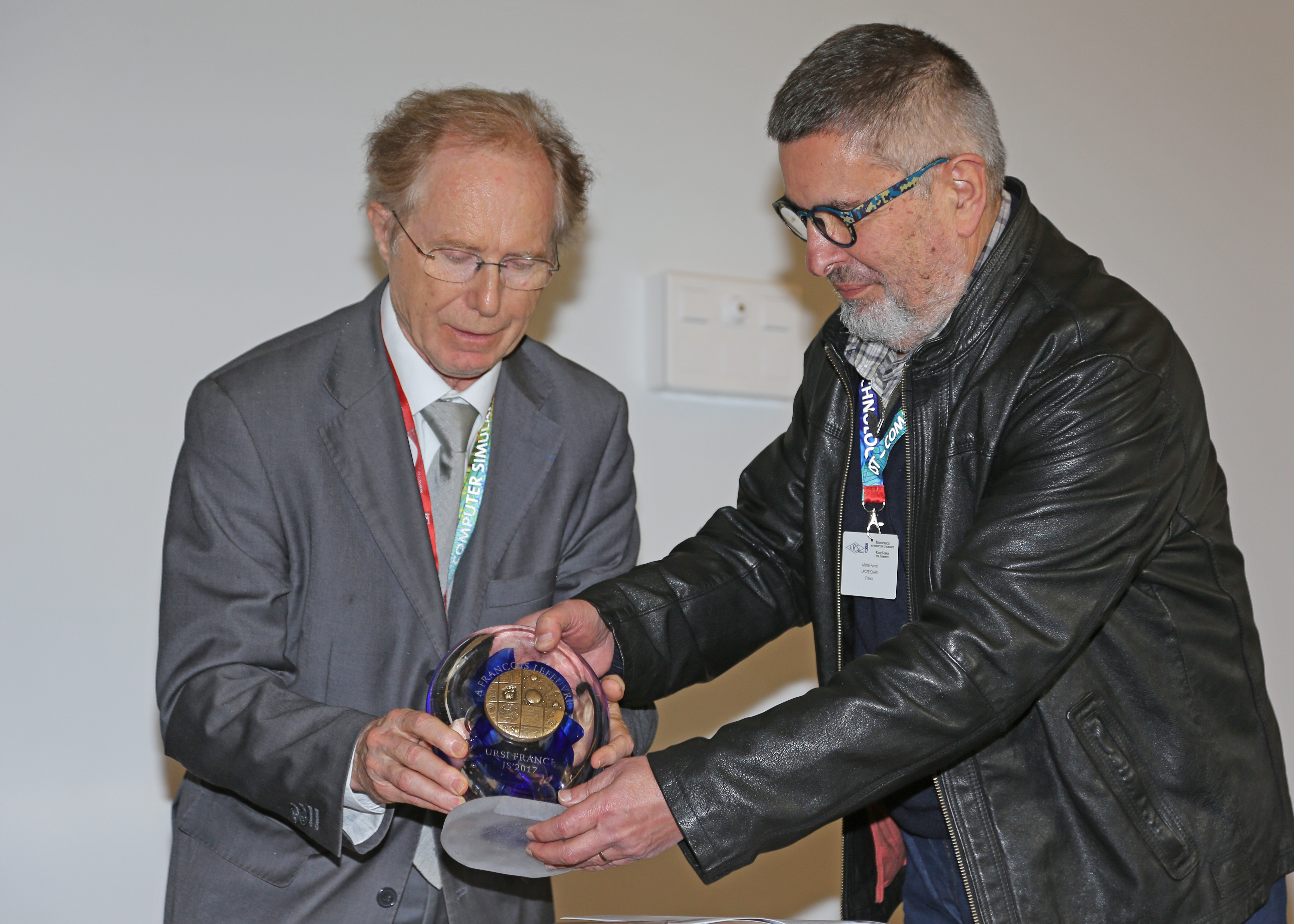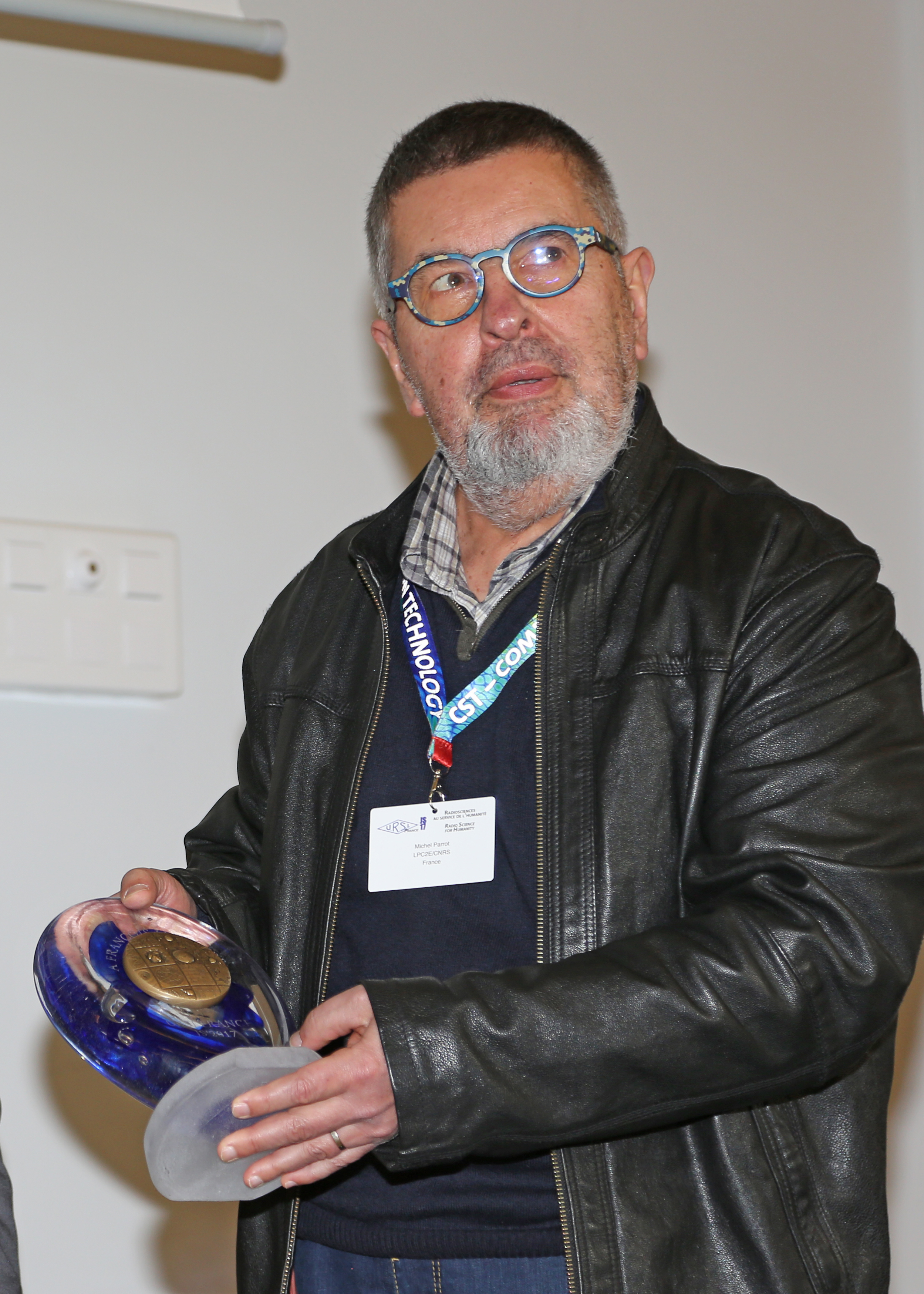Session spéciale dédiée à François Lefeuvre
Special session dedicated to François Lefeuvre
Jeudi 2 février 2017 / Thursday, February 2nd 2017
Les premiers travaux de recherche de François, en 1969, au sein du Groupe de Recherche Ionosphérique (GRI) de Saint-Maur des Fossés, portaient, sous la direction d’Owen Storey, sur la propagation des ondes électromagnétiques dans l’ionosphère). Il poursuivit ces travaux en 1971 à l’Université de Sheffield, étudiant plus particulièrement les émissions ELF/VLF dans la magnétosphère.
Ayant réintégré le Laboratoire de Saint Maur, il est nommé Attaché de recherche, puis Directeur de recherche.
En 1979/1980, il rejoint pour un an le "Radio Science Group" de l’Université de Stanford, dans le cadre d'une convention CNRS/NSF fellowship.
Il a été le principal investigateur et co-investigateur de nombreuses expériences spatiales à partir de sondes ou de satellites scientifiques évoluant dans diverses régions de notre magnétosphère :
- Expérience S3OO sur GEOS 1 et 2 (lancement en 1977 et 1978),
- Expérience ARCAD-3 sur le satellite Franco-Russe AUREOL-3 (1981),
- Expérience MEMO sur la sonde aurorale du projet russe INTERBALL (1996),
- Expérience STAFF sur les 4 satellites CLUSTER de l’ESA (2000),
- Expérience IMSC sur le microsatellite DEMETER du CNES (2004) dont le LPC2E a aussi conçu et géré le centre de mission scientifique.
Concernant les phénomènes lumineux transitoires observés au-dessus des nuages d’orage, il a été à l’origine d’un autre microsatellite TARANIS qui devrait être lancé en 2018.
Il a été directeur du LPCE de 1994 à 2002 et membre de la section 17 du comité national du CNRS pendant le mandat 2004-2008. Depuis 2009 il est directeur de recherche émérite au LPC2E.
François Lefeuvre a passé 21 ans au service de l’URSI, tant au niveau national (URSI-France) qu'international.
Elu Vice-président de la Commission G (Radioélectricité ionosphérique et météorologie spatiale) de l’URSI en 1990, il en devient Président en 1993 pour 3 ans.
Il assure la Présidence d’URSI-France (CNFRS) pour la période 1996 à 1999.
En 2002, il est élu Vice-président de l’URSI (2002/2005) puis Président en 2005 (2005/2008). Il en devient le
Past-Président en 2008.
En 2009, Gert Brussaard, élu Président de l'URSI en 2008, très malade démissionne. Il est alors demandé à François de le suppléer puis de le remplacer. Il assume donc une nouvelle Présidence de 2009 à 2011, puis redevient Past-président sur le triennium 2011-2014.
Dès l'Assemblé Générale de l'URSI de 2008, à Chicago, François Lefeuvre s'intéresse à l'apport des Radiosciences à la gestion des catastrophes (Disaster Management). Il effectue un rapprochement avec l'International Society for Photogrammetry and Remote Sensing (ISPRS). Un long travail commun entre les deux sociétés savantes commence, animé principalement par leurs deux Présidents respectifs : François Lefeuvre et Orhan Altan.
A partir de 2009, l'URSI et l'ISPRS organisent des ateliers communs sur la "gestion des catastrophes". Ces sessions communes sont organisées à Antalya en 2010 (GI4DM), Istanbul en 2011 (URSI GASS) et Melbourne en 2012 (ISPRS GA), avec des contributions au document "VALID" (The Value of Geo-Information for Disaster and Risk Management (VALID): Benefit Analysis and Stakeholder Assessment) édité, en 2013, par le Professeur Ohran Altan.
Dans le prolongement de ces travaux, à l'occasion d'une session commune URSI-ISPRS "Disaster and Risk Management", organisée lors de l’Assemblée générale de l’ISPRS 2016 à Prague, un groupe de travail est créé afin de poursuivre à long terme la collaboration entre l'ISPRS et l'URSI.
François's first research position began at the Ionospheric Research Group (GRI) in Saint-Maur des Fossés in 1969, under direction of Owen Storey, on the propagation of electromagnetic waves in the ionosphere. He continued his work in 1971 at the University of Sheffield, studying ELF / VLF emissions in the magnetosphere.
After rejoining the laboratory of Saint Maur, he was appointed Research Associate and then Director of Research.
In 1979/1980, he joined the Radio Science Group of Stanford University for one year under a CNRS / NSF fellowship agreement.
He was the principal investigator and co-investigator of numerous space projects, including probes or scientific satellites in various regions of our magnetosphere:
- S3OO on GEOS 1 and 2 (launch in 1977 and 1978)
- ARCAD-3 on the Franco-Russian AUREOL-3 satellite (1981)
- MEMO on the auroral probe of the Russian project INTERBALL (1996)
- STAFF on the 4 satellites CLUSTER of the ESA (2000)
- IMSC on the CNES DEMETER microsatellite (2004) during which LPC2E also designed and managed the scientific mission center.
To study the transient light phenomena observed above storm clouds, he also participated in the design of another microsatellite TARANIS, which should be launched in 2018.
He was Director of LPCE from 1994 to 2002 and was a member of Section 17 of the CNRS National Committee for the 2004-2008 term. Since 2009, he has been Emeritus Director of Research at LPC2E.
François Lefeuvre has served extensively at URSI for 21 years, both at the national (URSI-France) and international levels. His contributions to URSI include multiple leadership positions and enduring collaboration projects.
Elected Deputy Chairman of Commission G (Ionospheric Radioelectricity and Space Meteorology) of URSI in 1990, he became President in 1993 for 3 years.
Next, he assumed the Presidency of URSI-France (CNFRS) from 1996 to 1999.
In 2002, he was elected Vice-President of URSI (2002/2005) and then President in 2005 (2005/2008). He became 'Past-President' in 2008.
In 2009, Gert Brussaard, elected President of URSI in 2008, resigned due to illness. François was then asked to replace him. He served as President again from 2009 to 2011, then became Past-President again from 2011 to 2014.
After the 2008 URSI General Assembly in Chicago, François Lefeuvre has been interested in the contribution of Radiosciences to disaster management. He forged a connection with the International Society for Photogrammetry and Remote Sensing (ISPRS). This extensive joint effort between these two distinguished societies was formed mainly by their two Presidents, François Lefeuvre and Orhan Altan.
Since 2009, URSI and ISPRS have been organizing joint workshops on "disaster management". These joint sessions were organized in Antalya in 2010 (GI4DM), Istanbul in 2011 (URSI GASS) and Melbourne in 2012 (ISPRS GA), all contributing to the document VALID (The Value of Geo-Information for Disaster and Risk Management VALID): Benefit Analysis and Stakeholder Assessment), published in 2013 by Professor Ohran Altan.
As a continuation of this work, at a joint URSI-ISPRS "Disaster and Risk Management" session held at the ISPRS 2016 General Assembly in Prague, a working group was formed for long-term collaboration between ISPRS and URSI.
Présentation de Michel Parrot (LPC2E - CNRS)
